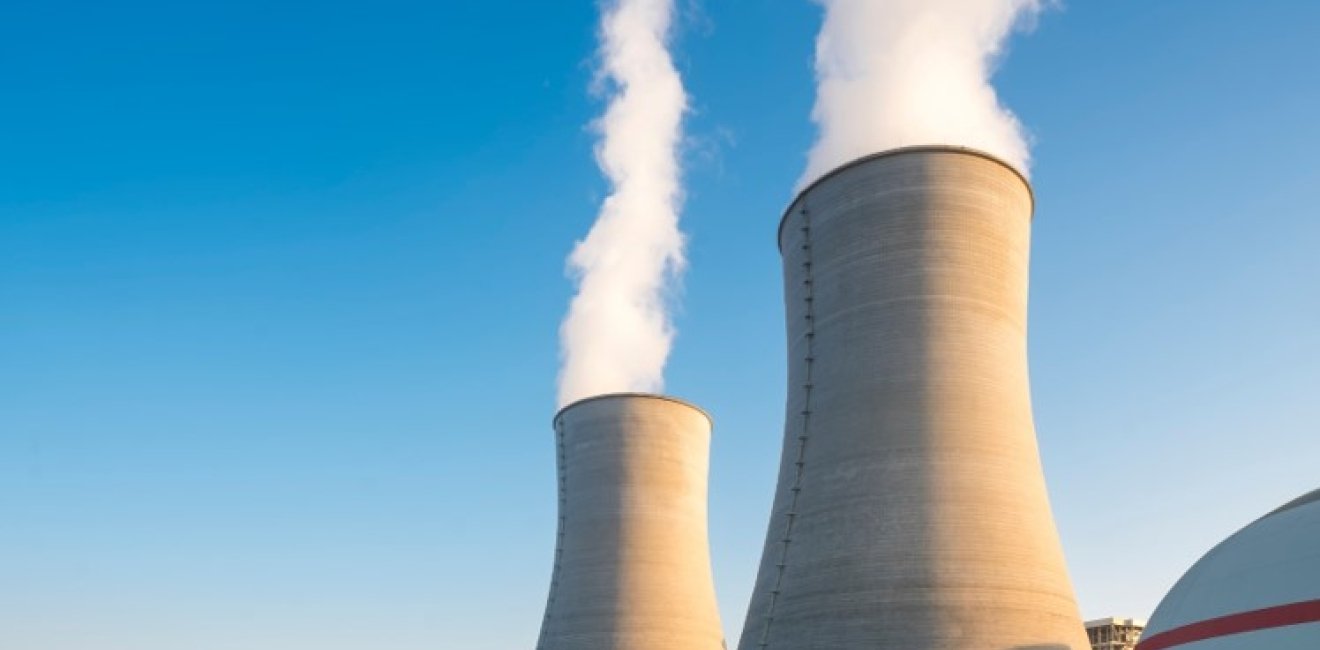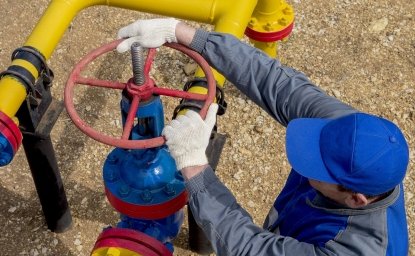Nuclear Energy Cooperation at the Biden-Yoon Summit?
U.S. President Biden's visit to Asia presents opportunities for U.S.-ROK civil nuclear energy cooperation.
U.S. President Biden's visit to Asia presents opportunities for U.S.-ROK civil nuclear energy cooperation.

Momentarily shifting attention away from the Russian war in Ukraine, U.S. President Joe Biden’s trip to Asia began on Friday with a visit to South Korea for May 20-22, 2022. During his visit, he will meet with President Yoon Suk-yeol, who only recently assumed office on May 10. The bilateral summit between Biden and Yoon will be an opportunity to reaffirm the importance and close partnership of the U.S.-ROK alliance as well as to announce joint initiatives to strengthen areas of regional and global cooperation. One such initiative may be to reaffirm and enhance nuclear-energy cooperation between the two countries—An opportunity enticing to both countries’ domestic and foreign policy initiatives.
The United States and South Korea have two of the world’s largest civil nuclear energy industries, producing net electrical capacity of 95.5 and 23 gigawatts respectively. However, in recent years, nuclear industries in both countries have faced increasing challenges—power generation stagnation in the United States and industry rollback and safety concerns in South Korea. An enhanced joint U.S.-ROK cooperative statement, which could be announced during the summit or later, would be an economic and diplomatic win-win for both administrations.
Strengthening U.S.-South Korean civil nuclear energy cooperation dovetails policy initiatives at the heart of both U.S. and South Korean administrations. Even during the campaign trail, Yoon had announced his intentions to revive Korea’s nuclear energy industry, effectively calling for a “nuclear u-turn” by reversing his predecessor’s phase-out policy. Now in office, Yoon has promised to increase nuclear energy generation from the current 27% to 30% of the country’s total energy mix while simultaneously expanding South Korea’s competitive edge in the global nuclear export market.
Meanwhile, in the United States, the Biden administration’s declaration that climate change poses a “critical national security threat” has sparked policy interest in the nuclear industry and R&D for advancing nuclear fuel cycles and reactor designs. Biden’s climate change and clean energy initiatives—which include the recently launched $6 billion Civil Nuclear Credit Program for nuclear energy research and personnel investment—couples well with Yoon’s aspirations for South Korea to take on a stronger role, as a global pivotal state, especially in the nuclear energy sector.
The two countries already have a long history of civil nuclear cooperation. From the first signed agreement, the Nuclear Cooperation Agreement on Non-military Uses of Nuclear Energy, in 1956 to the successor “123 Agreement,” the U.S.-ROK Agreement for Peaceful Nuclear Cooperation reached in 2015, the two countries have shared a strong partnership in the field of nuclear energy development. Their joint nuclear cooperation was affirmed a year ago during the summit between Biden and Yoon’s predecessor, Moon Jae-in. The U.S.-ROK Leader’s Joint Statement in May 2021 reaffirmed U.S. commitment to strengthening U.S.-ROK nuclear energy cooperation and global nonproliferation efforts, highlighting the importance of “develop[ing] cooperation in overseas nuclear markets, including joint participation in nuclear power plant projects.” Biden and Yoon can now build on this foundation.
What does this mean in practice? U.S.-ROK cooperation on peaceful nuclear energy development and cooperative research initiatives should focus on the following elements:
With the economic rise of China and the Russian incursion in Ukraine, global political and economic tension is on the rise as supply chain disruptions intensify. As the crisis continues to effect the Indo-Pacific region, President Yoon will need to formulate geostrategic and economically forward-leaning responses in coordination with regional and global allies, including the United States.
A shared agenda for nuclear energy development between the U.S. and South Korea could be a strong platform for further collaboration between the two countries—and would strengthen both South Korea’s global influence and its supply chains. Now is the time for joint cooperation between two of the world’s largest nuclear energy leaders. Biden and Yoon should seize this unique opportunity to shape the future of nuclear energy markets at home and abroad.


The Center for Korean History and Public Policy was established in 2015 with the generous support of the Hyundai Motor Company and the Korea Foundation to provide a coherent, long-term platform for improving historical understanding of Korea and informing the public policy debate on the Korean peninsula in the United States and beyond. Read more


